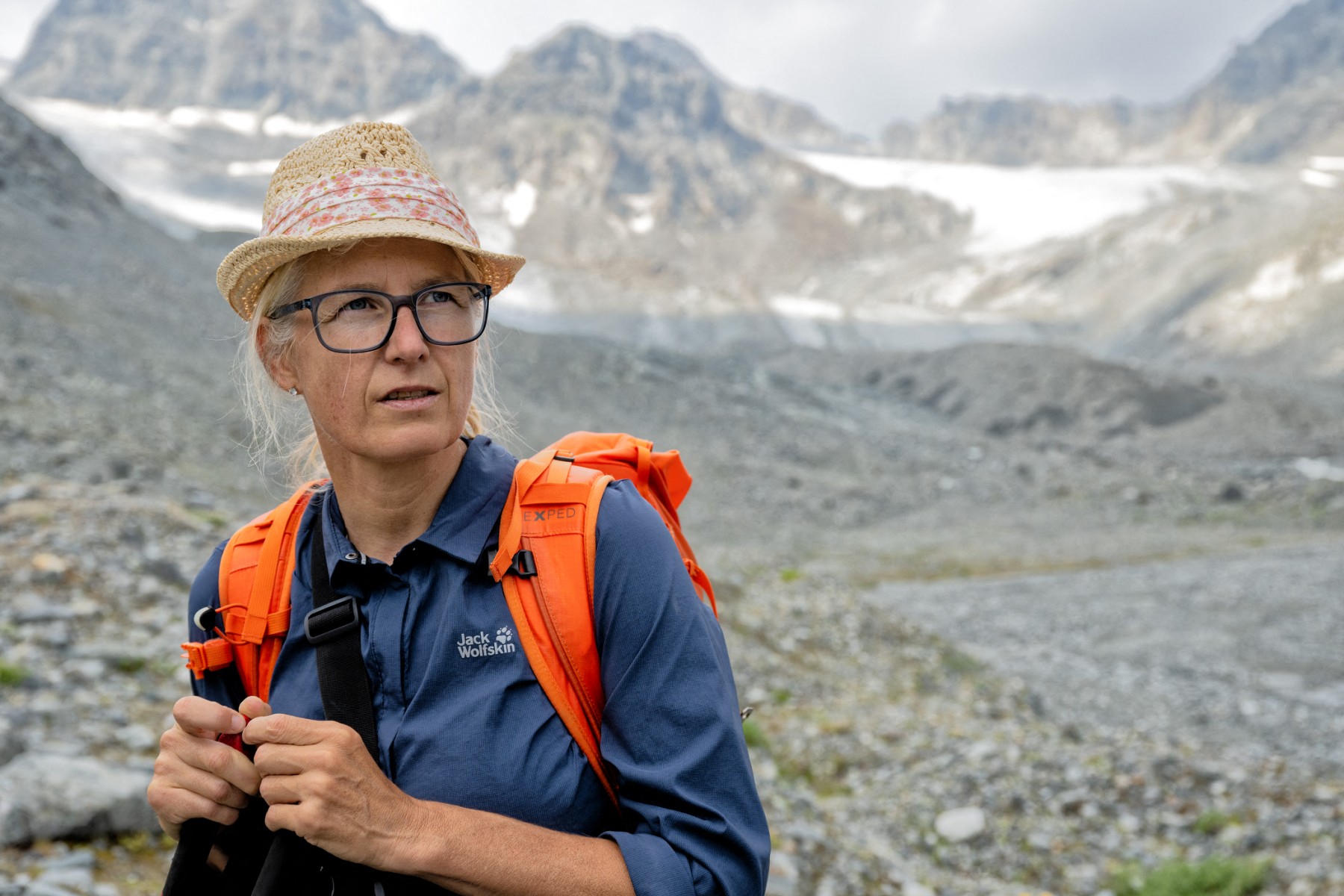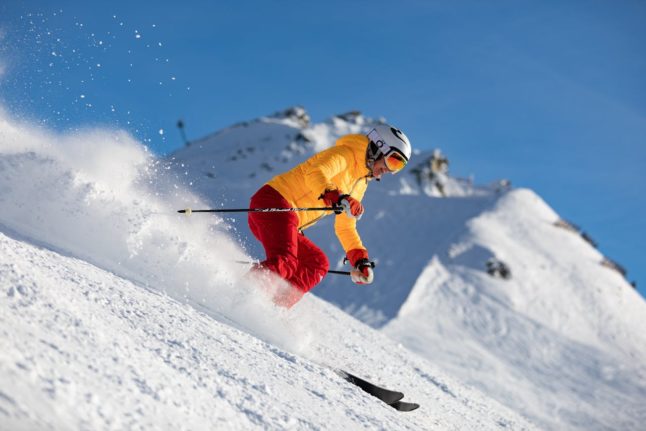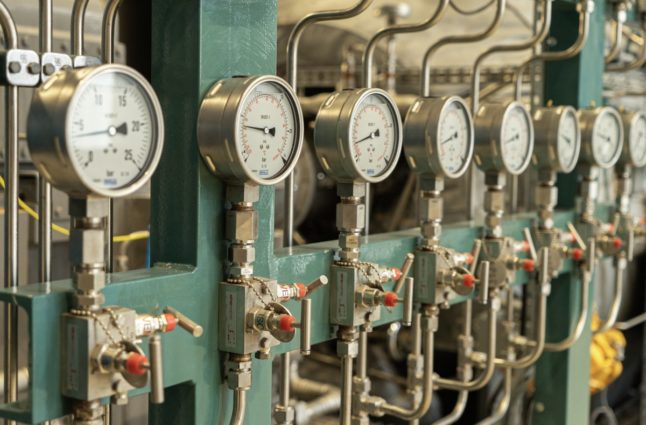If you are in Austria, the skiing season does not have to end when winter turns into spring. Even if it is a common known fact that the glaciers in the country are melting, you are still able to enjoy some skiing during the summer months, something that might not be possible in the future.
Summer skiing in Austria
Austria is famous worldwide for its skiing opportunities, attracting skiers from all over the globe who want to enjoy the winter sport in the Austrian Alps, glaciers, and mountains. Even during the summer months, the country’s 11 glaciers tend to be crowded with enthusiastic skiers from all around the world.
Glacier skiing in Austria typically begins in late spring and can sometimes continue into early autumn. However, the duration varies each year, influenced by factors such as temperatures, snow conditions, and glacier maintenance.
Among the most popular glaciers to visit during the summer are the Hintertux Glacier, Stubai Glacier, Sölden Glacier, and Kitzsteinhorn Glacier.
The glaciers are melting
While skiing on glaciers during the summer is still something you can enjoy, it is becoming increasingly less possible with each passing year.
“A few years ago we thought that they would last until about the end of this century, but now it looks like at the end of 2050, at the end of the first half of the century, there’ll be no glaciers in Austria anymore,” Andrea Fischer, glaciologist at the Austrian Academy of Sciences told AP.
Other experts are more optimistic, one of them is Kay Helfricht, glaciologist at the University of Innsbruck.
“With progressive warming, especially in the summer months, about 60 percent of the current glacier volume in Austria will have disappeared by 2050,” Helfricht told the Austrian Academy of Sciences.
“There are, of course, different models and scenarios, but when it comes to the impact up to 2050, they are basically pretty much in agreement. There are divergent forecasts for the time thereafter. For the development from 2050 onwards, it will be very decisive which climate path we choose now.
“By the end of the century, the glaciers will have almost disappeared, and only a maximum of 20 percent of the ice, mainly the currently largest glaciers, will remain,” she said.
The behaviour of Alpine glaciers in the future depends on various factors, including the thickness of their ice, the extent to which they are already in symmetry with the current climate, and how meteorological factors such as radiation, air temperature, rainfall, and wind will change over time.
If the amount of carbon dioxide (CO2) emissions can be cut by 45 percent within the next ten years and then completely eliminate these emissions by the year 2050, it may be possible to prevent further melting and preserve the glaciers.
“I think it’s important that we all learn to think longer than our lifetimes, because we have to think about coming generations. Our decisions will affect the coming generations, especially in mountain regions,” glaciologist Andrea Fischer told AP.

Whilst Austria’s ski industry will take a hit from the rise in temperatures and subsequent loss of the glaciers there will be a more tragic impact for many animal and plant species in the mountains as well as the local communities.
“Glaciers and their meltwater create unique habitats for various species of plants, animals, and microorganisms. As glaciers retreat, these habitats are disrupted or lost, threatening the survival of species that are adapted to these specific conditions,” writes Eric Ralls on Earth.com.
There will also be an impact on river flows and on the communities who rely on glacial melt for drinking water, farming and hydro electric power.

Glaciologists Andrea Fischer and Violeta Lauria from the Austrian Academy of Sciences walk on the Jamtal Glacier in Tyrol. (Photo by KERSTIN JOENSSON / AFP)



 Please whitelist us to continue reading.
Please whitelist us to continue reading.
Member comments